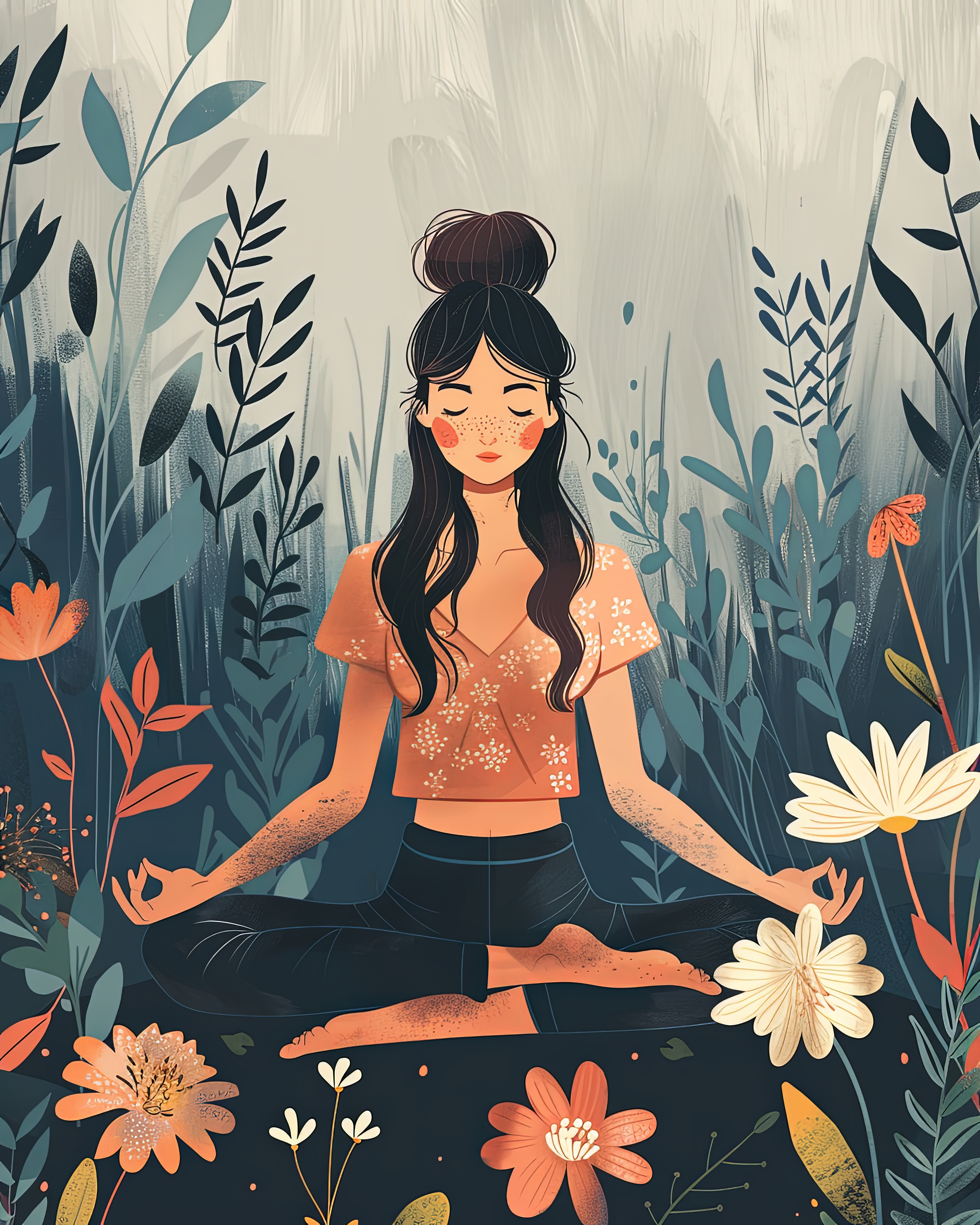The Peaceful Power of Mindfulness
Live in the moment. This saying is heard everywhere but is primarily a false reality for those who carefully plan a secure future. In today’s hectic and fast-paced world, mindfulness can be the calm we need. It has the power to be life-changing through it

Mindfulness, by definition, is “maintaining a moment-by-moment awareness of our thoughts, feelings, bodily sensations, and surrounding environment, through a gentle, nurturing lens,” according to the greatergood.berkeley.edu. It is about accepting our authentic selves as well as all our thoughts and living in the present moment instead of reminiscing or being overwhelmed by the past. Through research and clinical trials, evidence suggests that meditation can be effective in reducing stress, anxiety, pain, depression, and even insomnia, according to Mayo Clinic.
Mindfulness may not ‘change the world’, but it has the potential to improve people’s quality of life by directing their attention to their way of thinking and changing the way they engage with the world. Through its silence, people can gain the power to improve their world and those of others. It is good for the brain, the mind, and the immune system, and can enhance relationships, empathy for others, and resilience.
Mindfulness and meditation can go hand in hand. However, being mindful translates into daily practices in addition to meditation. Mindfulness is based on practices that include living in the moment, accepting yourself, paying proper attention, and focusing on breathing. Jon Kabat-Zinn, an American professor, emphasizes mindfulness to be the practice about living life one moment at a time, and putting importance on it instead of just trying to meditate excessively.
Mindfulness can be practiced through mindful breathing which involves bringing attention to physical sensations as you breathe in and out, body scan where you bring attention to different parts of your body, and bringing attention to different senses to increase awareness of an object. It can also be done through walking meditation which focuses on the experience of walking and the sensations felt in your body as you stand and move. Other forms of meditation include the body scan meditation where you lie on your back with extended arms and legs, and then focus your attention on each part of your body as you move it from head to toe. Lastly, sitting meditation is where you sit comfortably with your back straight and hands on your lap, breathing through your nose and focusing your breathing as you inhale and exhale. Structured meditation habits should have a set time in a place where there are minimal distractions and a calming environment. It may seem daunting at first, but it can be easily started with basic practices, or tutorials online.
Mindfulness can be implemented at school or work as it can help students and professionals deal with stress, reduce mood imbalances, as well as increase attention span and self-regulation.
No matter where mindfulness is practiced, its plethora of benefits cannot be overlooked. It transcends age, borders, languages, and even socioeconomic status, to benefit all and change lives.


